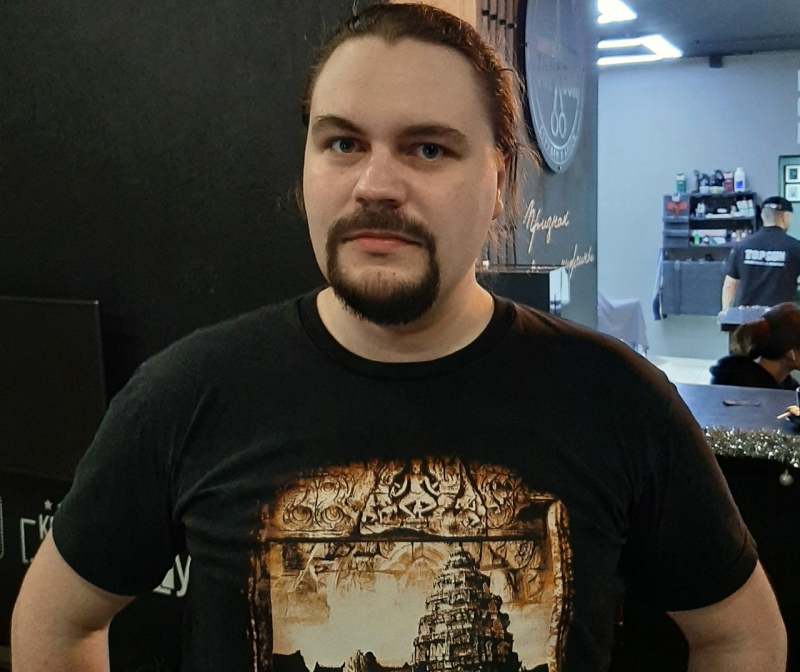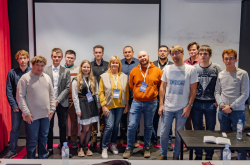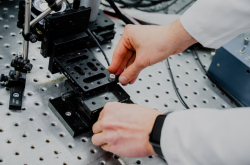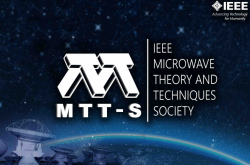Your recent paper was about quantum metrology. Could you tell us more about this field?
Before I dwell into the special nature of quantum science, I want to use some illustrations from professional sports. For instance, pole vaulting, which requires a significant amount of various physical attributes – but not only that! The excellent training of athletes is as important as the correctly selected pole, which is made of a suitable material that is both flexible and non-breakable. Also, a jump planned down to the last detail, and, of course, some luck. To do pole vaulting effectively, you need to have a combination of all these factors. That’s why it’s extremely difficult to set a new world or Olympic record, and usually such records tend to stay undefeated for a long time (remember the legendary Sergey Bubka).
The same could be said of quantum metrology – a science of measuring various physical quantities with the highest possible accuracy set by the fundamental limitations of quantum fluctuations. What does it mean? Well, Heisenberg's uncertainty principle is a key principle in quantum mechanics. Let’s say you have a quantum particle, then at any one time you can indicate either its location or movement, but not both parameters at the same time. It means that the particle’s coordinates and momentum are guided by the uncertainty principle.
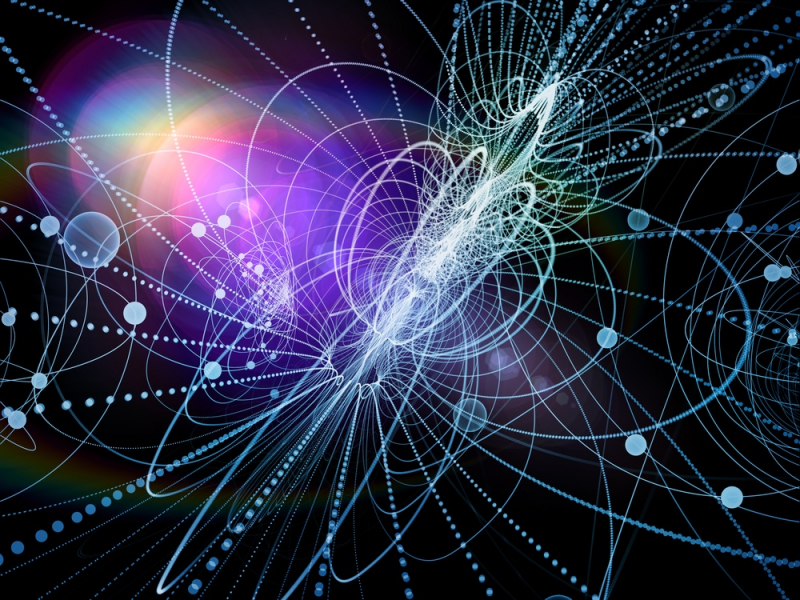
This is a fundamental law of nature, which we can’t repeal – we can only learn to use and control it correctly. By controlling I mean the use of such states of material objects that are beneficial to us from the point of view of measuring the quantities that describe them. This is the core of quantum metrology and sensorics. To understand why the world works this way and what can be done means taking a step towards the development of quantum technologies and understanding physics in general.
Now, as for measurements, the main tool used to measure the speed of an object is called a lidar. This is a device similar to a radar widely used by traffic police but it focuses on optical radiation instead of radio waves. At its core, a lidar is an interferometer. It emits two laser beams: one is a reference one and remains in the device, and the other is sent through the air, where it reflects from an object and comes back.
When these two beams interfere in the device, we obtain a picture that makes it possible to determine the velocity of an object. After that, the screen displays a number that is later shown to the driver if they exceeded the speed limit. And there are lots of other similar devices that are used in everyday life. The point is, the higher the accuracy, the more expensive this device is.

And what does quantum physics have to do with it?
Quantum metrology is like a professional sport. It is believed that all the technical imperfections of even the most advanced measuring equipment have been overcome and measurements are carried out at the level of quantum noise. However, the measurement accuracy of any interferometer depends on which quantum state we use as a starting point.
The classic approach is to shine a conventional (coherent) laser light at the input of the device. This is a well-studied and reliable procedure but it limits the accuracy of our measurements to the so-called standard quantum limit. While we use such classical states, we can’t overcome this limit, no matter how advanced our technologies are. This is our maximum, and it’s enough in most cases. But it’s far from quantum physics.
However, over the past decades, it’s been repeatedly confirmed through observation and experiment that it’s possible to overcome this limit and try to reach a new “record” – the so-called Heisenberg limit. But it requires the use of non-classical, entangled states. “What are they?” you might ask.
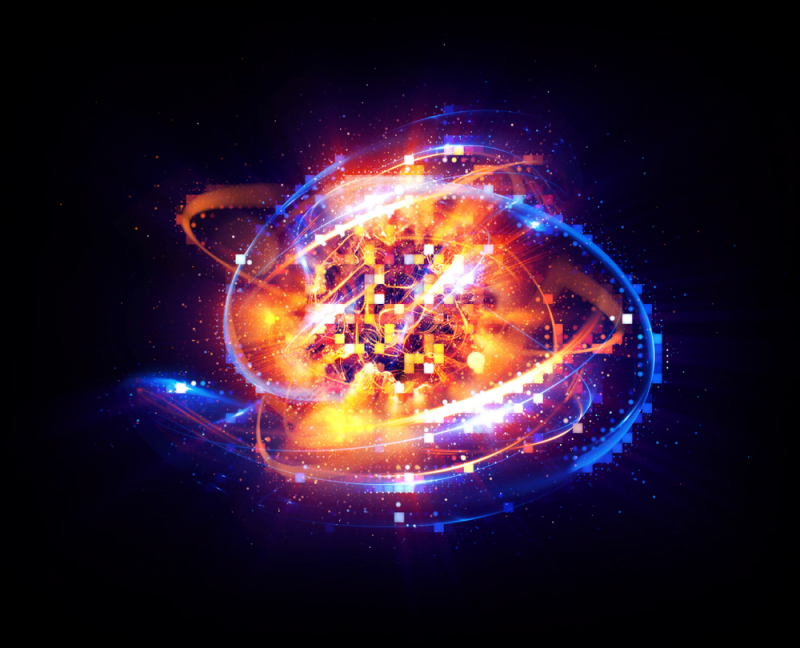
Let's say, hypothetically, that we have a quantum particle, a diatomic molecule with zero spin that decays into two particles – two atoms with non-zero spin each, which begin to move away from each other in different directions. So, if we want to measure some parameter of one particle, then we automatically learn the same parameter in another particle based on conservation laws. It happens because these particles are quantum entangled. Separated in space, they still remain a single quantum mechanical object.
For example, the atoms’ spin can have any orientation and the result of its measurement is random. However, if we measure the orientation of the spin of one atom, then the spin of the second will, as it were, adjust to this result, proceeding from the fact that the total spin was equal to zero. The entanglement property is important in all applications of quantum technologies, which are based on the so-called quantum superiority of devices over their classical analogs: in quantum computing, quantum communication, and cryptography. It is also important for quantum metrology.
Firstly, any dimension in quantum physics is destructive. The particle we are measuring ceases to exist and is absorbed by the detector. However, the second particle continues to move, and now we know something about it, due to the measurement of the first. And, secondly, the entanglement phenomenon can improve measurement accuracy.
How?
We can send these particles through the channels (arms) of the interferometer and, due to quantum interference, thus improve the visibility of the resulting interference image, which obeys the purely quantum limitation – the Heisenberg limit for measuring phase difference in the interferometer channels. It is quadratically (in the number of particles) more accurate than the standard quantum limit, and achieving it is the goal of modern quantum metrology. However, even it can be overcome by measuring parameters that nonlinearly depend on the number of particles, and we’ve shown it in our research.
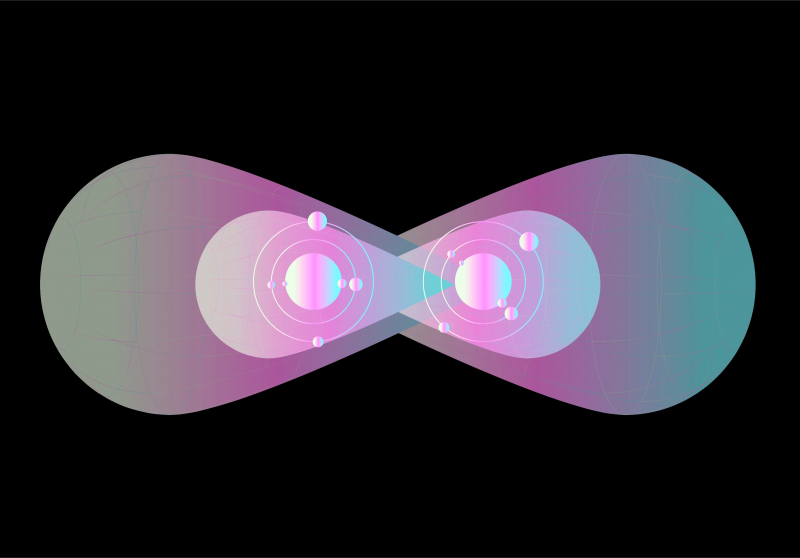
The difficulty is that there needs to be a unique entangled state containing many particles at once. Entangling two particles is not a problem, and you can entangle three, four, or even five particles. That is, up to five particles are simultaneously in the first and second channels of the interferometer. They are, clearly, in just one of them but following the laws of quantum physics we can’t say anything definite until we perform the measurements, so we continue to believe that they are in superposition, meaning in two channels at the same time.
Such states are called N00N states, i.e. N particles in one arm and zero in the other, and vice versa, and this is all at the same time! This state allows reaching the Heisenberg limit on any two-channel device such as a lidar, gyroscope, or interferometer. However, it has not yet been possible to obtain it in an experiment with a large number of particles. Moreover, even small losses in the interferometer nullify all the magical properties of such states.
And what can be done?
That’s where things started happening for us. Together with my supervisor, Aleksandr Alodzhants (Alodjants), I noticed that quantum solitons, which have long been well-known in optics, quantum communication, and materials science, can greatly help with this issue because of their nonlinear properties. Under certain conditions, their entangled states remain highly loss-tolerant, as we prove in our paper published in November in the New Journal of Physics. Of course, we are losing a little in accuracy but this loss is not critical, we are still in the very vicinity of the Heisenberg limit.
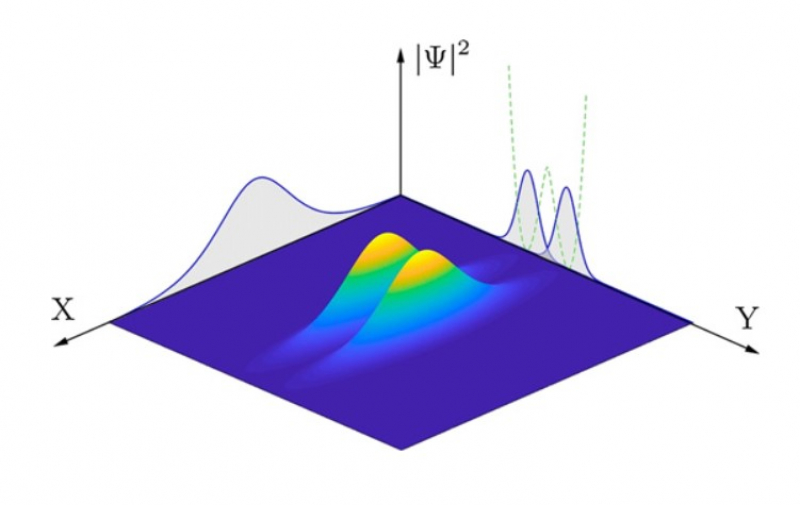
Surpassing modern devices in accuracy
How did you achieve it in your work?
We came up with a way to entangle up to a thousand particles and for this, we use Bose-Einstein condensate solitons. I’ll explain it. Bose condensate is a special state of matter in which substances exhibit their quantum properties at the macroscopic level. Roughly speaking, we have several hundred particles – a condensate – that move in space like one huge quantum particle. This state can now be achieved at very low temperatures, less than one Kelvin. Although in 2006, it was observed in semiconductor structures at a temperature of several Kelvin, and in 2013 at a room temperature of 300 Kelvin (27 degrees Celsius).
Solitons are fairly stable particle-like objects. Two entangled solitons can be considered as two macroparticles that, in turn, consist of hundreds of entangled particles. This is an example of the multiparticle N00N state. The number of particles here can be up to a thousand! I mean going from five to 1,000 is a success.
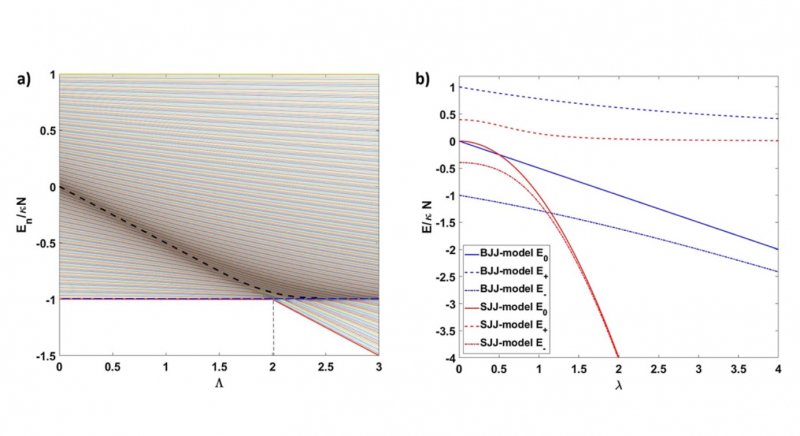
Have you conducted experiments?
No, but in the paper, all calculations are made based on today's experimental capabilities. We are considering lithium condensate; this substance is widely used in experiments. Lithium particles have one crucial property – they are attracted towards each other and without this characteristic it’s impossible to form a soliton. Experimenters know how to obtain condensate solitons and how to entangle them but so far, no one has tried to apply this in quantum metrology.
What are the prospects of your work? And how many countries are engaged in this field?
It’s fundamental work, but our results are very practical. I’m sure that the system described in our paper can be advanced to a real device. This is, firstly, metrology with cold atoms, which is studied in Russia but requires serious experimental improvement. Here, the accuracy characteristics of the so-called atomic clock, namely, metrological standards of frequency and time can be significantly improved.
But, there are even more interesting ideas. For example, to use this technology in Michelson interferometers with optical fields in order to increase the accuracy of recording gravitational waves and studies of the galaxy. Our invention will make it possible to build a detector with the highest measurement accuracy.
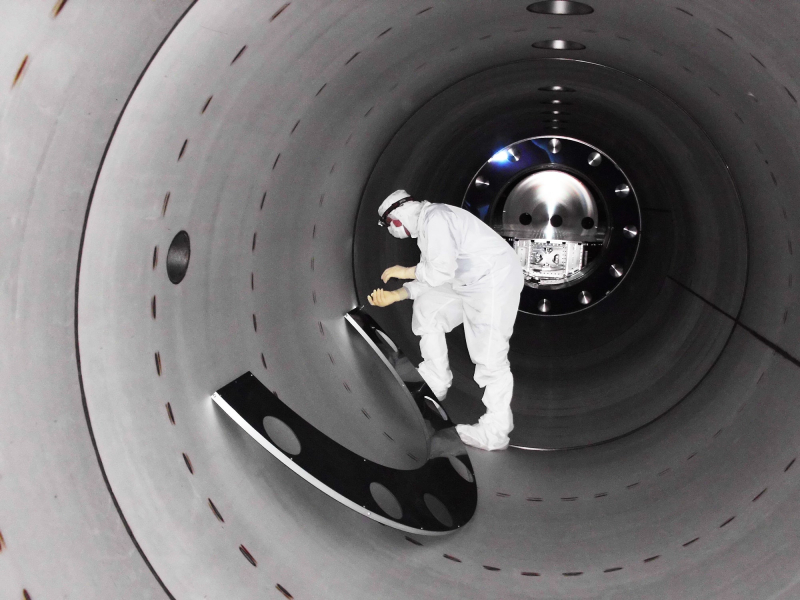
Today, there are a few large mega-science projects involved in the observation of gravitational waves. I know about LIGO and KAGRA, in which our partner group from Taiwan participates. These are American and Japanese projects, respectively, but the work is, of course, carried out in collaboration with many other countries.
And what about Russia?
This is a complex question that is unfortunately not just about science. Such fields require enormous amounts of money and it’s even more difficult to explain to some officials why we need to study gravitational waves and space than why we need a quantum computer. Although these studies are our future. Besides, it’s impossible to create a large-scale quantum computer without quantum metrology either. But that is another story.
“We all want to believe in miracles”
You not only published an article but also presented a report at the National Scientific Forum. Could you tell us more about it?
The forum is called Science of the Future – Science of the Youth. It was held in Moscow in a hybrid format: those who live in Moscow gathered in person, while the rest presented their projects via Zoom. It was hard to get to the forum: we had to go through a big project competition and a harsh selection process. I put on paper the things I told you now, sent it in, the reviewers, not knowing my name and affiliation, named my work among the winners. Then, in a blitz format, we had three minutes for the presentation. So, the main task was not to talk about your work but to demonstrate your motivation, understanding of the subject, the ability to convey complex thoughts in simple words, and even some creativity.

How was your report evaluated?
There were 40-45 people in each category, 10 of them were selected and after three days we were already giving full reports for 10 minutes. Unfortunately, I talked for over ten minutes, so there was no time for questions. And there were questions, which is a good sign. I could tell that the audience was interested by their faces. The topic is actually very stimulating, but often incomprehensible to a non-professional. Therefore, quantum physics is not a very popular subject. But here the audience was prepared, and everyone seemed to like it. Well, the second place in the Digital Technologies category speaks for itself.
You said that quantum physics is not the most popular subject. Why did you choose it yourself?
It was all thanks to my supervisor, Aleksandr Alodzhants (Alodjants), who was my supervisor in my second year of Bachelor’s studies at the Vladimir State University. He taught quantum physics there and his lectures made me interested in this field. I’m very grateful to him. He helped me become who I am now. As you can see, we have a very fruitful collaboration.
Was it Aleksandr Alodzhants who suggested that you enrolled at ITMO after his move to St. Petersburg?
Yes, it was him. First, to a Master’s, and then to a PhD program.

What drew you to quantum physics?
We all want to believe in miracles. The quantum world is full of magic, what is happening at a microscopic level is so unlike the things we are used to that we can’t call it anything other than miracles. For example, nonlocality – an object can be in two places at the same time, how's that? It is immense and it is a world in itself. That’s why I decided to study it.
Are you thinking of pursuing a scientific career?
Yes, definitely!
What can you say about ITMO University?
ITMO is a great university. Take laboratories, for example. Of course, theorists need only paper and a pen… maybe also a trash can for failed models – and it’s enough for them. But I’ve seen the experimental equipment and it is powerful, modern, and expensive. However, the university is more about the people. ITMO’s academic staff is highly qualified: everyone has extensive knowledge in their subjects and they know how to teach students. I learned a lot here, and I am infinitely grateful to ITMO University for my experience.
